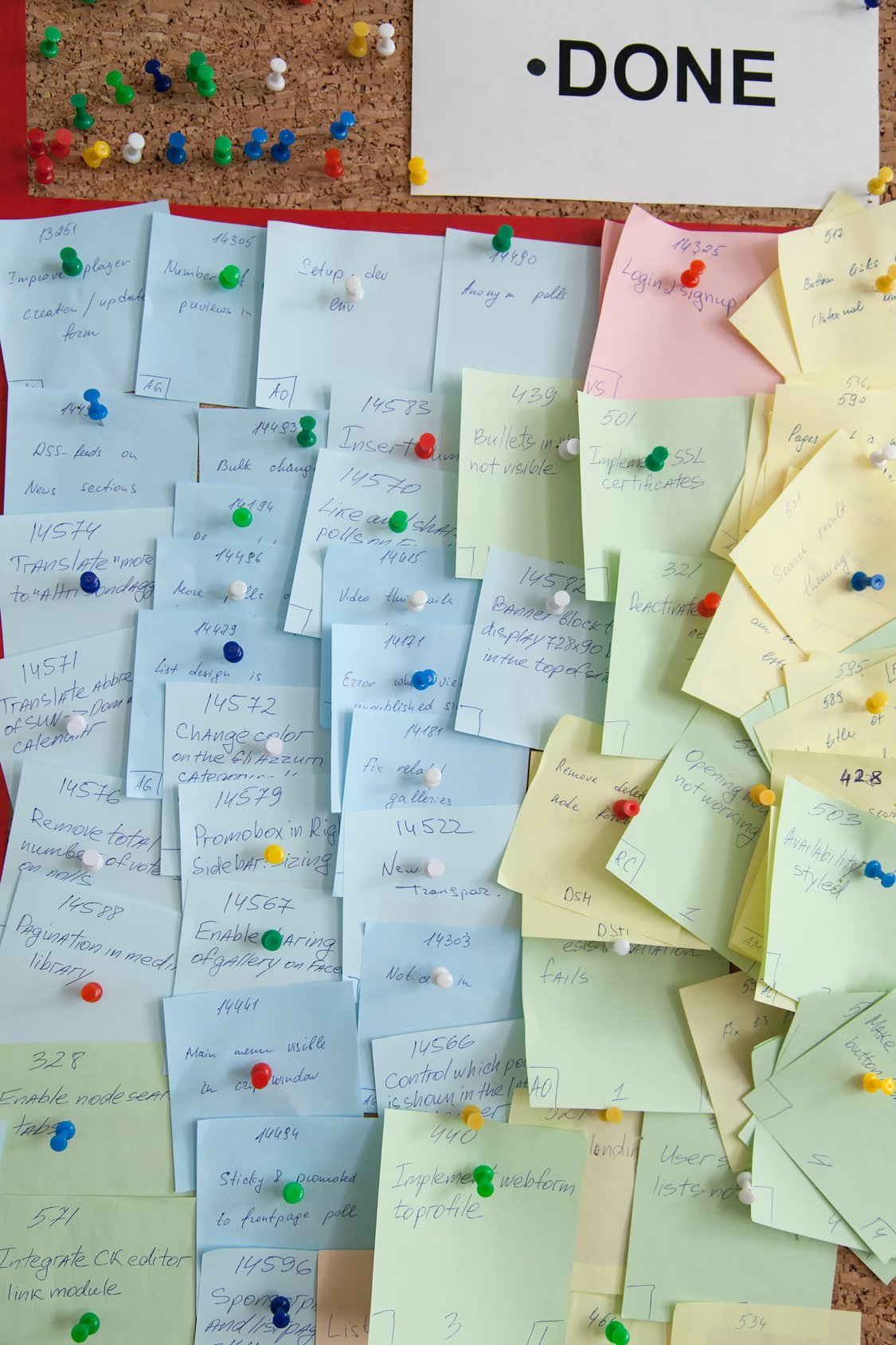Meet the Timestamp Sticky
It’s no secret that teams who track their progress using physical tools rather than electronic have a much higher rate of success. This is because low-fidelity tools such as sticky notes and index cards are much easier to fit into a team’s natural flow, rather than forcing the team into the constraints defined by an electronic tool. In addition, the more tangible and visible nature of physical items helps the team feel more involved in the flow of the project and, as a result, more vested in the outcome.
However, despite all of these advantages, one of the most common pushbacks to the idea of tracking progress using physical cards is “What happens when they fall off?”.Despite the fact that this question is so common, the reality is that this concern is largely unfounded. In fact, if teams are working in a reasonable sprint length then the lifetime of your average sticky note will far outlast the lifetime of your average story. But how do you convince people that this is the case?
Meet the Timestamp Sticky. Simply take a regular sticky note, write the current date on it, and stick it somewhere on the wall. Then, whenever someone expresses concern about sticky notes falling off, just point to your timestamp sticky as an example of how long a sticky note can stay on the wall.
This is a great way to alleviate the fear of the sticky note simply falling off of the wall, and help combat the pressure to move to electronic tools.

